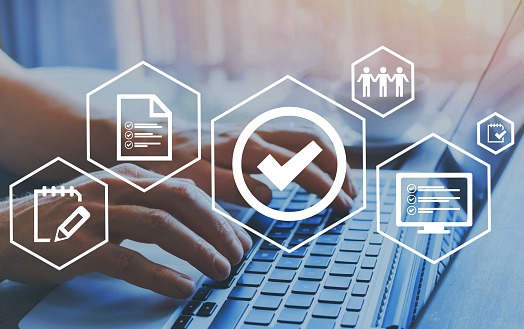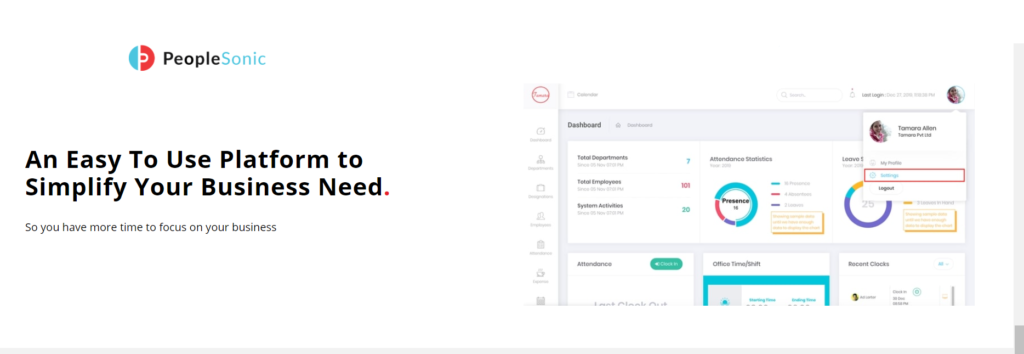
There’s nothing more satisfying than a hardworking team working efficiently as a system to get the best results. However, if anyone’s gear let alone multiple ones fail to work, the system is bound to breakdown and hinder the results drastically.
This simple analogy can be placed into the real world, where managers deal with such a debacle with their employees. Everyone wants the best work done in the shortest amount of time to boost performance, yet getting that level of commitment from your employees requires work in itself.
It is no surprise that organizations would suffer a decrease in revenue especially when they aren’t getting the most out of their employees, if not anything at all. Engaged employees who are determined to pull their weight and put in the required effort, form an innovative team with like-minded. Such are the candidates each company strives to hire or look for.
Instead of searching for the select percentage of individuals, forming and adopting new strategies to boost your employee engagement might just be what you need! These pointers will not only help engage your workers but create an environment that allows for healthy and sustained growth for all those involved.
Incentives and Salary Slip: When it comes to employees the main put off from work or engagement is primarily due to financial stress. Any individual at any position would disengage from their work if they were underpaid or not appreciated for it. So a simple solution would be for managers to compensate the employees to eradicates such stress and related issues. Keeping bonuses and incentives in play could also take an edge off work and promote some healthy competition to boost workspace engagement. A few factors to maintain the desired engagement are as follows:
– Keep the salary in check with the market or keep it higher. Reviewing such changes regularly is the way to go.
– Optimize transfers and processing, for prompt salary payments without delay.
– As mentioned earlier, introduce bonuses/incentives/commissions where applicable.
– Oversee leave requests in a lenient and immediate manner.
Recruitment Choices: As a manager, always aim to hire the right person for the position. If not evaluated effectively this may prove to be dead weight to your company’s goals. Candidate evaluation should be taken on directly by the manager, opting to align the soft and hard skills of the recruitment to the environment your company has in place. Interviews are a key essence of the recruitment process and should be well thought out with the organization’s mentality, environment, and goals in check. As the rise of the digital era continues, shifting this traditional process to a modern one is past due. Here are the benefits you may reap from going digital with the process:
– Organising and scheduling interviews in an automated fashion.
– Assessing the candidate’s cultural fit based on behavioral interviews.
– Narrowing down the target candidate with target pools selected off various regions.
– Focusing more on the interview without the hassle of manual processing.
– Generating reports and analytics to assess the suitability of the candidates and isolate the required ones.
Build a relationship with your employees: Now that you’ve potentially hired a new candidate, maintaining his/her expectation as well as engagement is key. During the starting period of a new hire, it is then when an employee is most vulnerable to quit. This may be associated with being undervalued, overwhelmed, underpaid, overworked, or just confused with their position. With some care and motivation, converting new hires into loyal workers is an achievable goal, aside from some motivation and support here’s how you can build a better relationship:
– Constant support and tips/tricks regarding their work. Periodic training sessions will help them engage with the work and themselves much more effectively.
– Detailed brief regarding the job description and requirements.
– Team building sessions or group work to boost engagement amongst employees.
– Casual meetings with managers and supervisors to receive feedback on their progress.
Motivate workers and develop new skillsets: Employees always seek to increase their repertoire of skills and develop their role in an organization. If such advancements aren’t present or underappreciated it is common for employees to lose interest and ultimately seek other job options. Similarly, much-required feedback from the managers is key for the growth of employees. Appreciating them for their hard work and effort goes a long way, providing critical feedback does a similar service but with a positive and reassuring tone. Other options to increase employee satisfaction levels include:
– Provide training and development material such as workshops, courses, or even access to online tools.
– Help improve their hard and soft skills alike.
– Motivate ambitious employees by helping them transition into a profound management role. This succession planning helps you identify and train people to carry on the company growth, so pass the baton on!
– Value your employees by giving feedback on their work or general character traits to boost their mood and optimize their day.
Healthy work culture/environment: An environment speaks volumes regarding the people that are found in it. If your company looks over such a key aspect you’d want to revise your ambiance better suited to productivity. Stressful work environments prove to be a stress hub which further leads to health issues and burnout in employees. Hurdles you’d want to jump over are:
– Solid work schedules and no flexibility.
– Long working hours with overtime.
– Negativity of all kinds in the workspace. A safe environment will keep everyone at peace of mind.
– Unsupportive and ignorant supervisors. Caring and valuing your employees is necessary for their growth. Listening to their concerns and feedback may help you grow as a manager and work to improve on their potential requests.
Boosting employee engagement with the help of advanced digital tools such as the complete HR management of PeopleSonic is the modern way to go! Such software allows you to work with your employees and focus more on their engagement and productivity whereas the automated functionality does the rest for you. Keeping employees engaged with an online learning curve will not only help the development of related skills but ease their workload, which are all signs of a healthy workspace and engaged employee.





